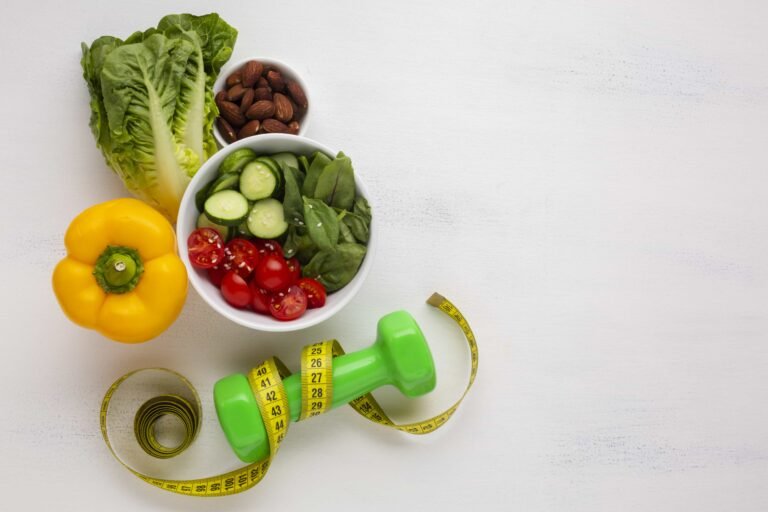✉️ contact@ayuschool.com
Traditional healing systems offer time-tested rejuvenative modalities that synergize ancient wisdom with holistic science. Therapies like Panchakarma, Pranayama, massage, aromatherapy, sound healing etc. engage the mind-body complex to activate self-healing pathways now being validated by modern research too. This module explores such systems to understand the comprehensive protocols they prescribe to restore youthfulness and vital energy flow. Gaining insight into these intrinsically integrative therapies expands the toolkit available for personalized rejuvenation regimens suited to one’s unique needs. The module aims to transcend a reductionist biochemical approach, by factoring the principles of holism, integration and natural healing emphasized in traditional sciences.
Introduction to Panchakarma
Panchakarma is a comprehensive mind-body cleansing and rejuvenation protocol in Ayurveda. It involves a series of therapies to detoxify the body, remove accumulated wastes and revitalize energy channels. The key steps in Panchakarma are:
- Purva karma – Preparatory methods like snehana (internal and external oleation) and swedana (fomentation or sweating) that help loosen and mobilize wastes from tissues.
- Pradhana karma – Primary cleansing techniques:
- Vamana: Therapeutic vomiting to eliminate kapha toxins
- Virechana: Use of laxatives, purgation to flush out pitta toxins
- Basti: Herbal enemas, evacuation of vata toxins
- Nasya: Nasal administration of medicated oils, cleanse accumulated kapha-vata
- Rakta mokshana: Blood-letting, removes pitta and rakta imbalances
- Paschat karma – Post-therapy procedures to normalize digestion and restore equilibrium after cleansing. Includes Samsarjana krama – gradual reintroduction of normal diet, lifestyle.
Benefits of Panchakarma:
- Eliminates vitiated doshas and malas – toxic wastes
- Digestive fire (agni) and metabolism are enhanced
- Tissues (dhatus) are nourished and restored
- Obstructed channels are cleared, physiology rebalanced
- Boosts immunity and resistance to disease
- Reverses signs of aging and induces regeneration and rejuvenation
- Improves mental clarity, emotional balance, spiritual wellbeing
Panchakarma can be customized to address varied individual needs. Proper diet, lifestyle and herbal support make the benefits long lasting. When done under expert guidance, it brings about comprehensive healing at all levels.
Role of Breathing and Pranayama
Breathing has a profound influence on our vitality and wellbeing. Impaired breathing reduces oxygen availability, allows accumulation of toxins, and predisposes to diseases. Deep, rhythmic breathing on the other hand energizes, relaxes and heals.
Pranayama – yogic breathing techniques optimize the flow of prana or vital energy. Practicing pranayama helps in:
- Improving lung capacity and gas exchange
- Facilitating efficient breathing mechanics
- Enhancing oxygen delivery to tissues
- Stimulating the parasympathetic nervous system
- Inducing relaxation and mental calmness
- Reducing oxidative stress and inflammation
The rejuvenating effects of various pranayama practices include:
- Nadi Shodhana/Anulom Vilom pranayama: Alternate nostril breathing helps balance ida and pingala – left and right energy channels. It calms the mind, reduces anxiety and mental fatigue.
- Ujjayi pranayama: Expiratory breathing creates a soothing internal sound. It enhances parasympathetic activation. Helps lower stress and insomnia.
- Bhramari pranayama: Humming bee breath calms the mind. The vibrations and sound waves have a healing effect. Alleviates anxiety, anger and irritation.
- Kapalbhati: Rapid forceful exhalations cleanse the air passages, improves oxygenation. Stimulates vital organs, boosts energy levels.
- Surya/Chandra Bhedana: Channels solar/lunar energy to cleanse nadis. Suryabhedana is heating, revitalizing; Chandra bhedana is cooling, relaxing.
Pranayama should be learned and practiced under the guidance of a yoga therapy expert to maximize physiological benefits and spiritual growth. Regular practice leads to inner balance and rejuvenation.
Massage and Bodywork
Massage and hands-on therapies bring about deep relaxation by stimulating the parasympathetic nervous system. This allows the body to shift focus from stress to growth and repair. Benefits include:
- Lowered heart rate, blood pressure and stress hormones
- Increased blood circulation and oxygenation
- Release of muscle tension; reduced pain
- Elimination of metabolic wastes and toxins
- Improved immunity and sleep quality
- Sense of calmness, security and wellbeing
Some rejuvenating techniques:
- Abhyanga: Warm herbalized oil massage in Ayurveda. Enhances skin health, induces deep rest.
- Shirodhara: Pouring of soothing medicated oil over forehead. Pacifies vata, relieves stress, insomnia.
- Thai massage: Combination of gentle stretches, compression and joint mobilization. Energizes and increases flexibility.
- Aromatherapy massage: Use of essential oils like lavender, jasmine, rose promotes mind-body relaxation.
- Reflexology: Applying pressure on reflex zones of hands and feet balances energy flow in organs.
- Lymphatic drainage massage: Light rhythmic pumping motions increase lymph flow and detoxification.
Regular massage with mindfulness provides a powerful platform to experience rest, detox and rejuvenation.
Aromatherapy and Rejuvenation
Aromatherapy utilizes the phytochemicals present in plant essential oils to influence physiology and state of mind. Different aromas can energize, relax, ease pain, disinfect and heal. Mechanisms include:
- Limbic system stimulation – Influences emotions and memories
- Effect on neurotransmitters – Modulates levels of serotonin, dopamine, etc.
- Regulation of heart rate, blood pressure and breathing
- Increasing antioxidant and anti-inflammatory activity
- Supporting immunity by increasing WBCs and antimicrobial effects
Some rejuvenating essential oils:
- Lavender – Reduces stress and anxiety, promotes calmness and sleep
- Rose – Uplifts mood, helps overcome depression, grief; anti-aging
- Sandalwood – Relieves tension, enhances cognition and memory
- Bergamot – Stimulates regeneration of tissues, gives energy
- Frankincense – Powerful antioxidant, anti-inflammatory and anti-aging oil
Aromatherapy techniques like baths, inhalations, vaporizers, infusions, and massage allow absorption for a holistic rejuvenating experience.
Sound and Music Therapy
Auditory pathways have a direct link to the limbic system and autonomic functions. Sound and music energize, integrate and heal at a cellular level. Some mechanisms of action:
- Entrainment of biorhythms – Respiratory rate, heart rate, brainwaves align with rhythmic stimulus
- Resonance effect of sound frequencies – Organs vibrate enhancing cellular functions
- Activation of parasympathetic relaxation response
- Release of feel-good neurotransmitters like serotonin, endorphins
- Eliciting a meditative state of inner stillness
Different rejuvenating sound therapy modalities:
- Listening to classical or spiritually uplifting music
- Singing devotional chants and mantras
- Healing with gongs, crystal bowls and tuning forks
- Voice exercises for vibrational massage of tissues
- Humming and toning to balance energy centers
- Exploring ancestral instruments like didgeridoo, koshi bells
- Practicing Overtone chanting and vocal harmonics
Integrating sound as vibrational medicine facilitates mind-body harmony and holistic rejuvenation.
In summary, traditional therapies that engage our senses powerfully evoke mind-body relaxation and activation of self-healing processes. Employing modalities like Panchakarma, Yoga, massage, aromatherapy, music and breathwork allows us to restore inner balance and experience the joy of wellbeing.




